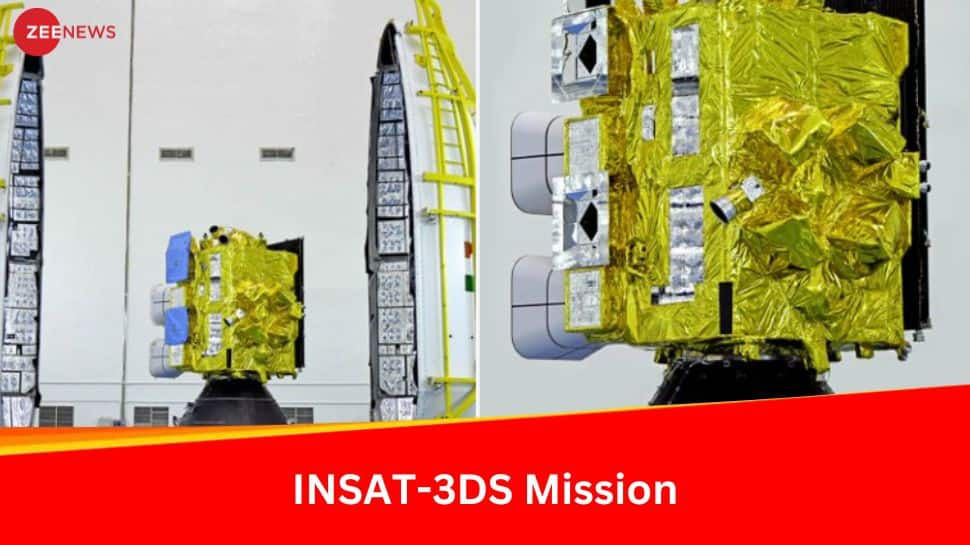[ad_1]
NEW DELHI: Days after the successful launch of its meteorological satellite INSAT-3DS, the Indian Space Research Organisation (ISRO) said on Thursday that all four planned Liquid Apogee Motor (LAM) firings of the mission are completed. It further stated that the spacecraft is now in the geosynchronous orbit.
“INSAT-3DS update: All four planned Liquid Apogee Motor (LAM) firings are completed. The spacecraft is now in the geosynchronous orbit,” ISRO posted on ‘X,’ formerly Twitter. It is expected to reach the In-Orbit Testing (IOT) location by February 28, the post added. On February 17, ISRO conducted the successful launch of INSAT-3DS aboard GSLV F14 at 5.35 pm from the Sriharikota spaceport in Andhra Pradesh.
The satellite will study weather forecasts and natural disaster warnings. The INSAT-3DS Satellite is a follow-on mission of Third Generation Meteorological Satellite from Geostationary Orbit. The mission is fully funded by the Ministry of Earth Sciences (MoES).
It is designed for enhanced meteorological observations and monitoring of land and ocean surfaces for weather forecasting and disaster warning. The satellite will augment the Meteorological services along with the presently operational INSAT-3D and INSAT-3DR satellites. Indian industries have significantly contributed to the making of the Satellite.
Various departments of the Ministry of Earth Sciences (MoES) such as the India Meteorology Department (IMD), National Centre for Medium-Range Weather Forecasting (NCMRWF), Indian Institute of Tropical Meteorology (IITM), National Institute of Ocean Technology (NIOT), Indian National Center for Ocean Information Services (INCOIS) and various other agencies and institutes will be using the INSAT-3DS Satellite data to provide improved weather forecasts and meteorological services.
The primary objectives of the mission are to monitor Earth’s surface, and carry out oceanic observations and its environment in various spectral channels of meteorological importance — to provide the vertical profile of various meteorological parameters of the atmosphere.
Among others, it will provide the Data Collection and Data Dissemination capabilities from the Data Collection Platforms (DCPs), and provide Satellite Aided Search and Rescue services.
[ad_2]
Source link




